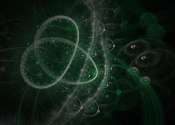Scientists develop novel ion trap for sensing force and light
Miniature devices for trapping ions (electrically charged atoms) are common components in atomic clocks and quantum computing research. Now, a novel ion trap geometry demonstrated at the National Institute of Standards and ...







